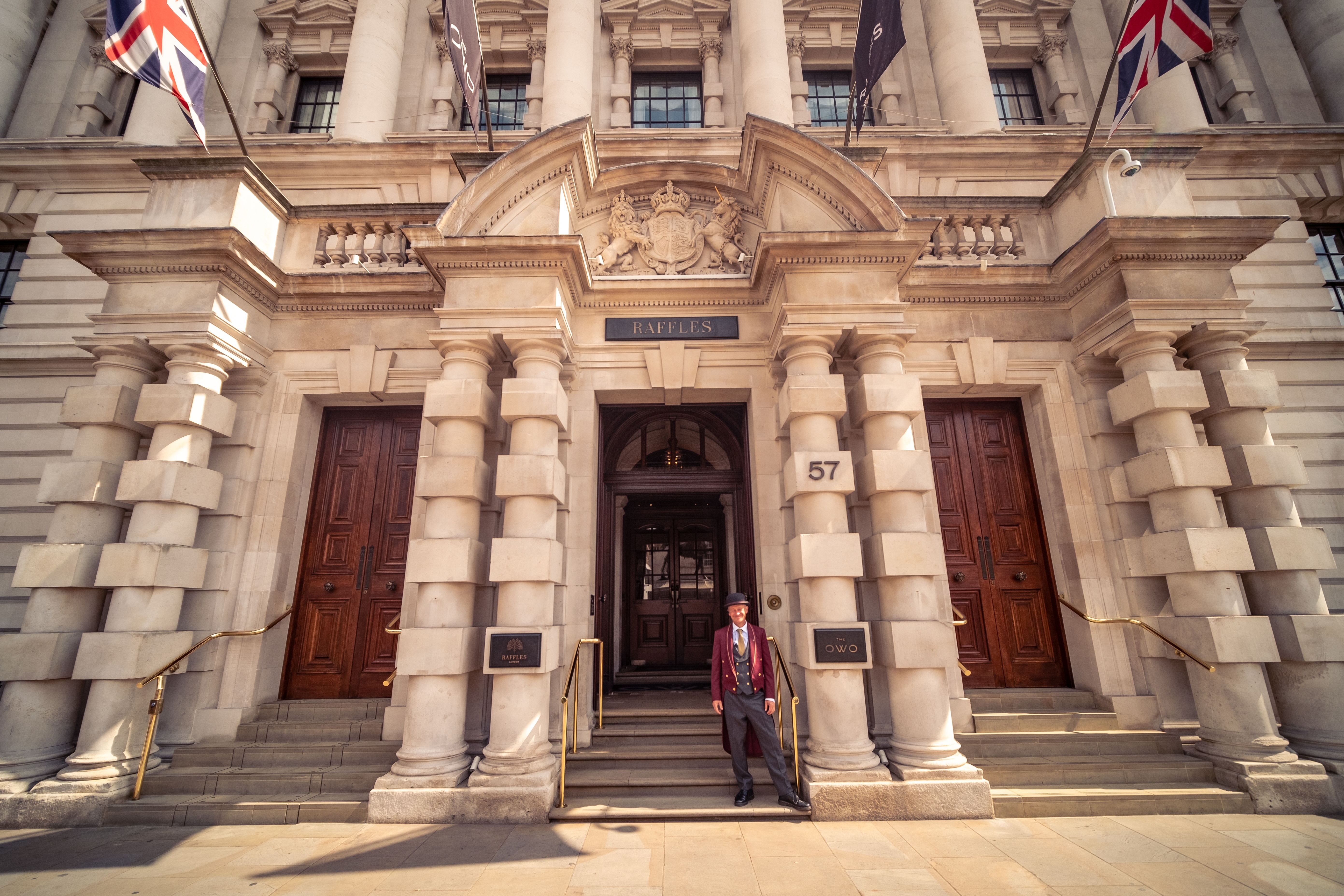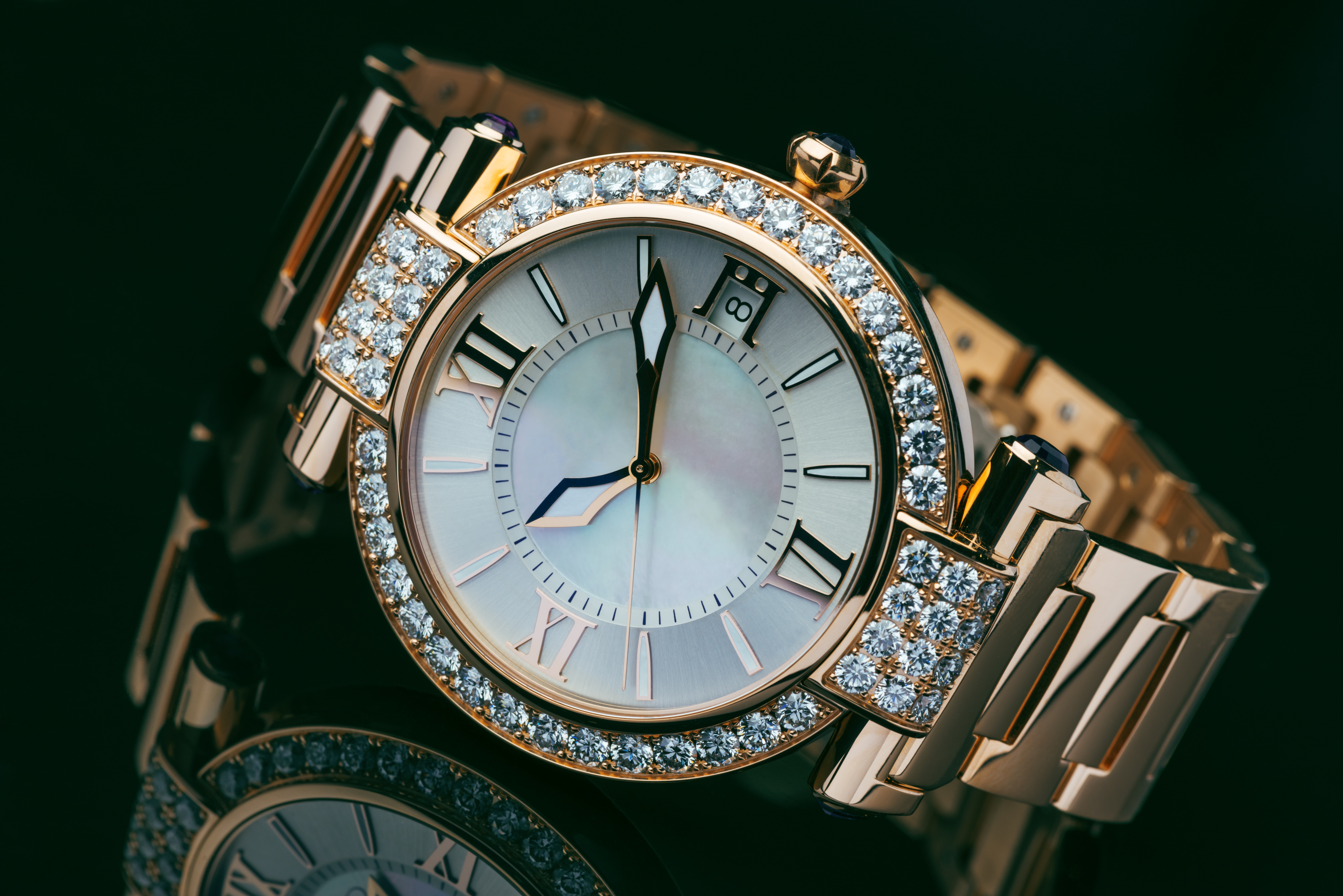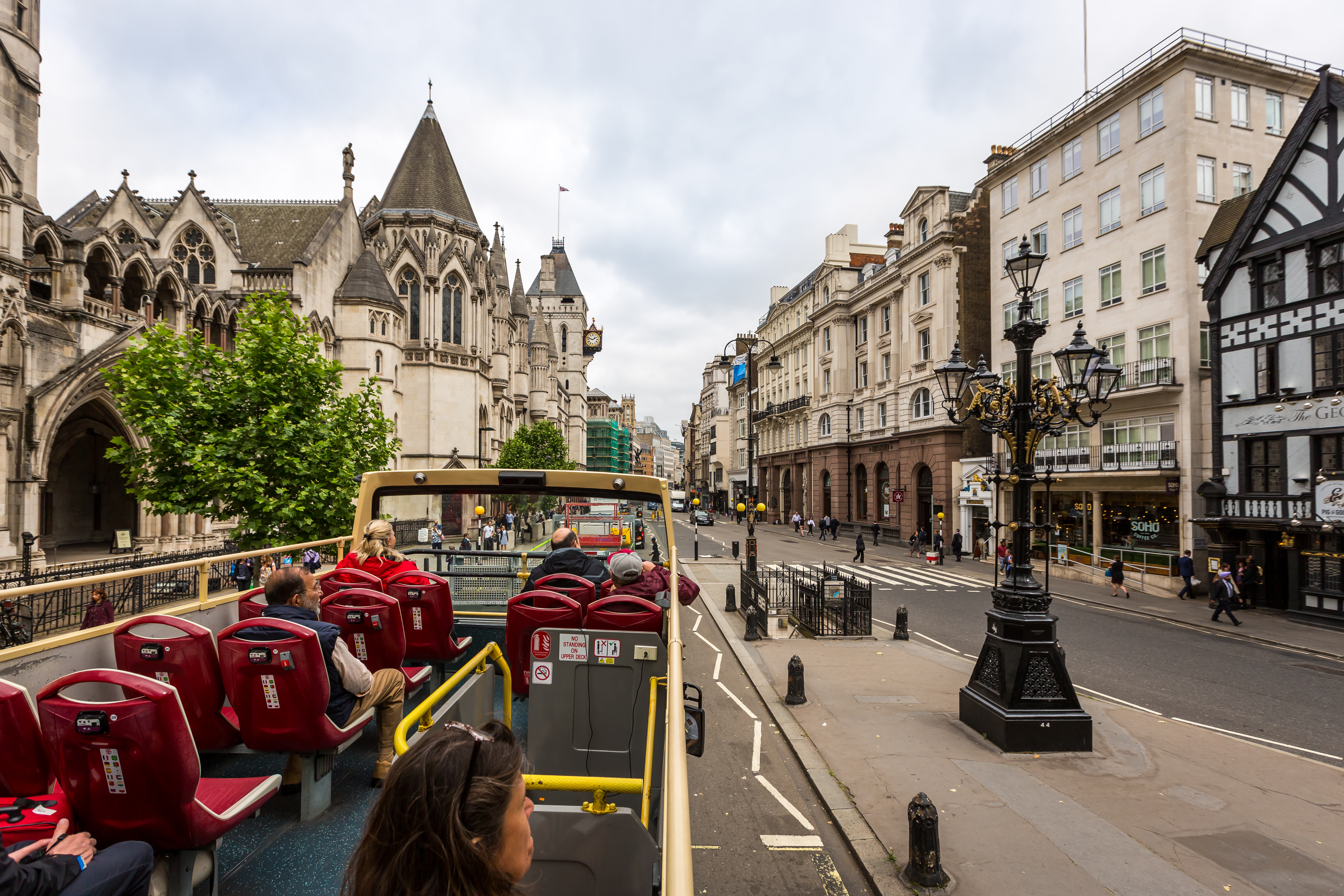Great Chalfield Manor
Located near Melksham in Wiltshire, England, Great Chalfield Manor is a beautiful manor house built between 1465 and 1480. The house was commissioned by the wealthy cloth merchant, Thomas Tropenell and is an astonishing example of late mediaeval architecture. The house itself is moated with a symmetrical stone frontage with large windows and battlemented parapets. Around it lies charming gardens and idyllic English countryside.
-1.jpg?width=1000&height=641&name=shutterstock_1840547416-jpg%20(2)-1.jpg)
Thomas Tropenell was not only a successful businessman, but also a lawyer, and he wanted a home that was fitting of his status and achievements. The manor remained in his family for a number of generations before passing into different hands. In the nineteenth century the house fell into a period of disrepair, but it was proudly restored by Robert Fuller, an architect and historian, in the twentieth century. Fuller aimed to restore the house to all its original mediaeval glory.
Nowadays, Great Chalfield Manor is looked after by the National Trust, who have preserved its important historic interiors and its extensive gardens. The house is now open to the public, who can tour both the manor and its gardens for a small fee. For those film and television enthusiasts, the manor also presents a great opportunity to see the set of the BBC series Wolf Hall and the adaptation of Tess of the d'Urbervilles. The house is a wonderful example of England’s architectural heritage, and it showcases some of the most stunning craftsmanship of the era in which it was built.
History of Great Chalfield Mano
This incredible home has survived five centuries since it was first commissioned by Thomas Tropenell. Luckily, the manor has a well-recorded history and so we are able to follow its many different lives since the mediaeval period in which it was built. The house itself is built on the site of an earlier, fortified dwelling, which can be traced in the bases of curtain walls to the east and north of the building and in parts of its towers. The manor features an independent hall, which has gabled cross wings and oriel windows. The hall is unusually symmetrical for the age of the building, which makes it an even more significant example of mediaeval building and architecture. The hall is connected to the parish church, which faces into the courtyard, and which was also built by Tropenell. The intimate connection between the church and the hall indicate how interconnected religious and secular authorities were at the time. Tropenell, who began his working life as a lawyer and later moved into business with the aim of becoming a substantial landowner, acquired many manors over the course of his life and by the time of his death he was a minor member of the landed gentry.
Eventually, the house ended up in the hands of the Eyre family, when Ann Tropenell married John Eyre in 1550. It remained in the Eyre family for three generations, until in 1631, Sir John Eyre sold the manor to Sir Richard Gurney, Lord Mayor of London. The manor then changed hands again several times until it was held by the Neale family in the nineteenth century. The Neales hired the architect Thomas Larkins Walker to survey and restore the property, but his plans were never carried out and the house was sadly reduced and adapted to be a farmhouse. As part of this process, it lost many of its more ornate features.
It seemed for many years that the house was to remain in a state of ill-repair until it was purchased by George Fuller in the early twentieth century. Fuller, along with his son Robert Fuller and Sir Harold Brakspear, began a restoration of the house and gardens sympathetic to its mediaeval origins. Robert Fuller donated the house to the National Trust in 1943, and his grandchildren still live in the manor, managing it for the National Trust. They often host community events and the manor is still a central part of the local community.
After the manor passed to the Fullers it housed a number of notable guests. George Bernard Shaw, the celebrated playwright and critic, was a close friend of Fuller and visited the manor a number of times. Sir Edward Heath, a British Prime Minister also visited the manor, indicating the historical and cultural significance of the site.
The Gardens
The gardens were restored by Alfred Parsons after the house was purchased by the Fullers. The gardens were redesigned in the Arts and Crafts style and complement the layout of the house with formal lawns, topiary, and beautiful mixes of flowers.
The topiary is one of the garden’s most striking features and is made up of clipped, highly structured yews. These neat features are softened by borders filled to the brim with colourful perennial flowers, as well as roses and other traditional English garden flowers. The garden is laid out as a series of rooms, each with their own character and charm.
There is a tranquil lily pond, orchard trees, and edible plants which hark back to the manor’s mediaeval origins, when such gardens would have been essential for providing food for the family and its staff. The garden also features a “mount,” a raised platform from which one can see the surrounding countryside, the moat, and the outbuildings of the manor, like the gatehouse and the church.
What’s next for Great Chalfield?
Great Chalfield Manor is still a highly culturally significant location. It is the site of many historical films and television series, such as Persuasion, the 2007 Jane Austen adaptation, The Other Boleyn girl, and the popular television series Poldark.
Besides this, the house serves as an enduring emblem of English mediaeval architecture and the ways in which it has evolved to meet different needs over many hundreds of years. It is also a testament to the care and determination of the Fuller family, who have not only restored the site, but stewarded it through the twentieth and twenty-first centuries, bestowing upon the house and grounds great love and even more work and attention.



